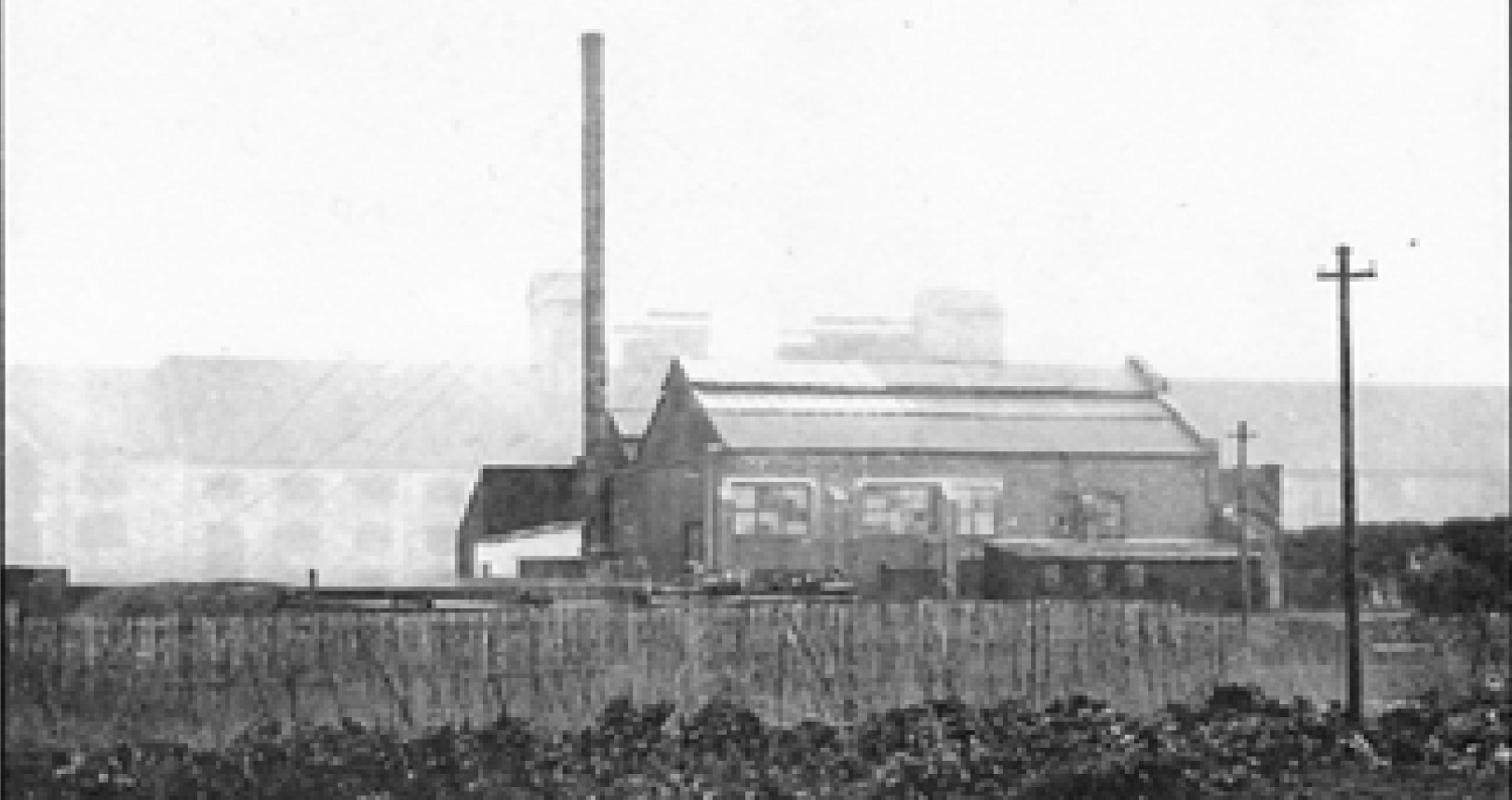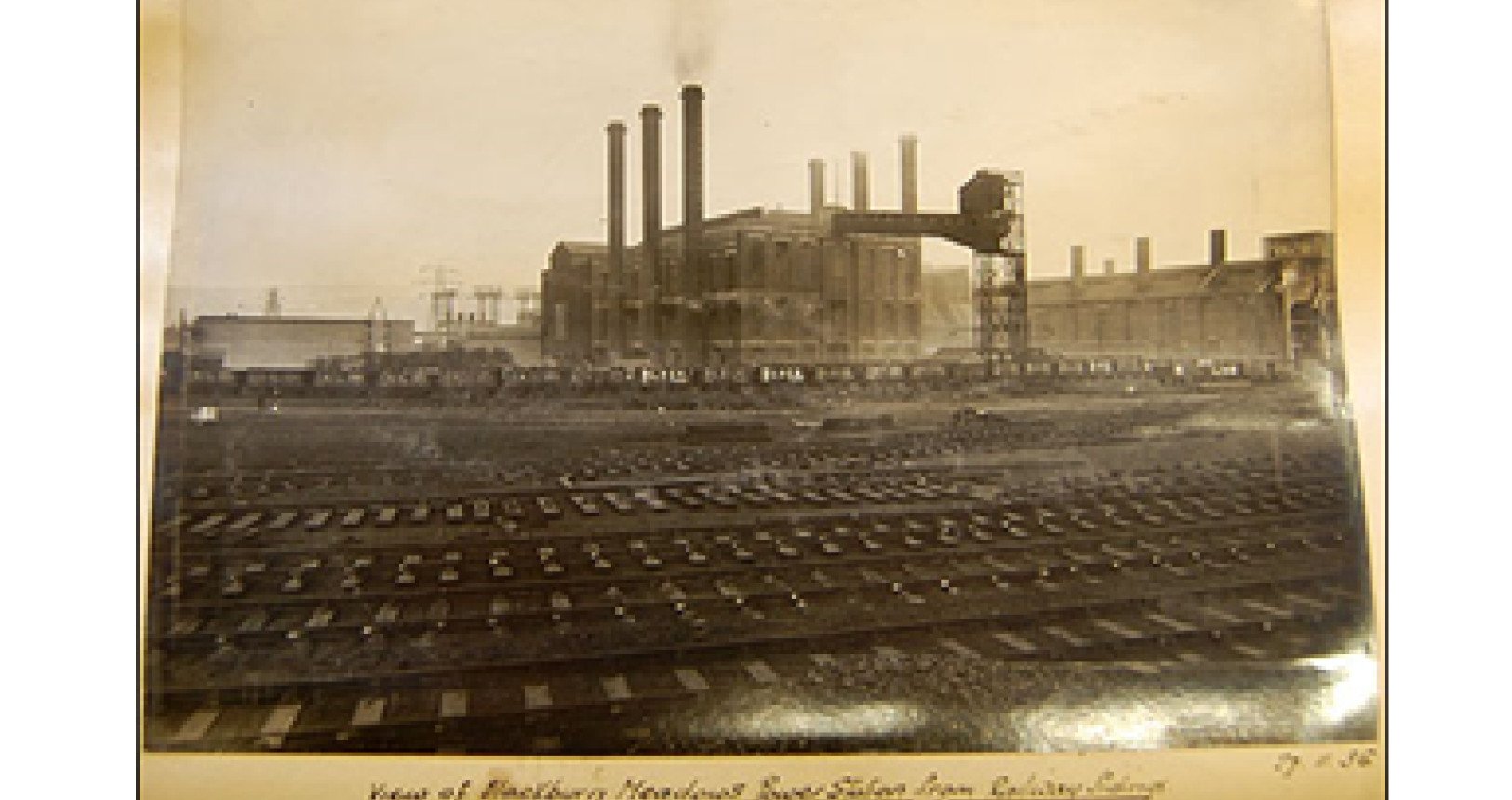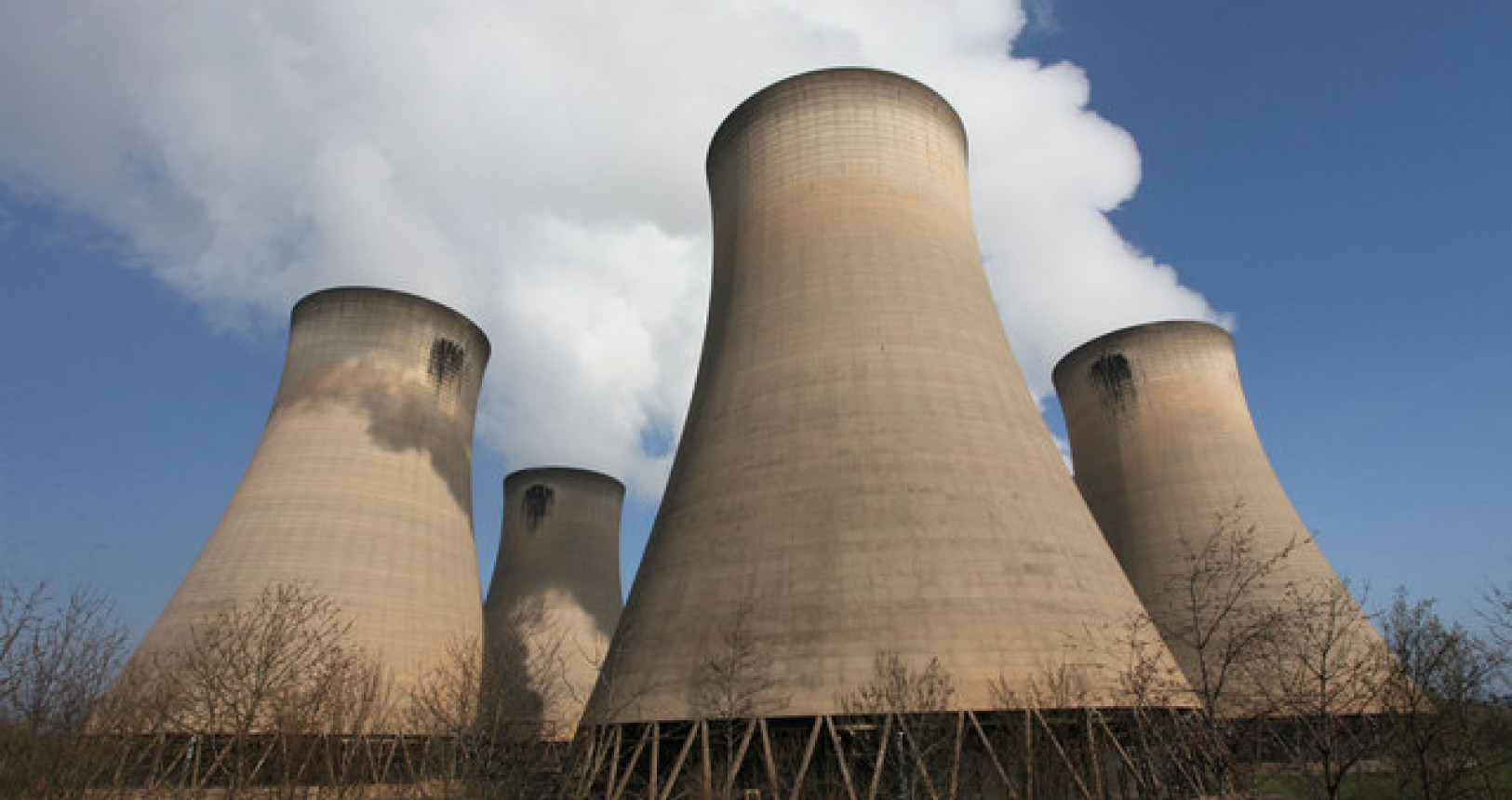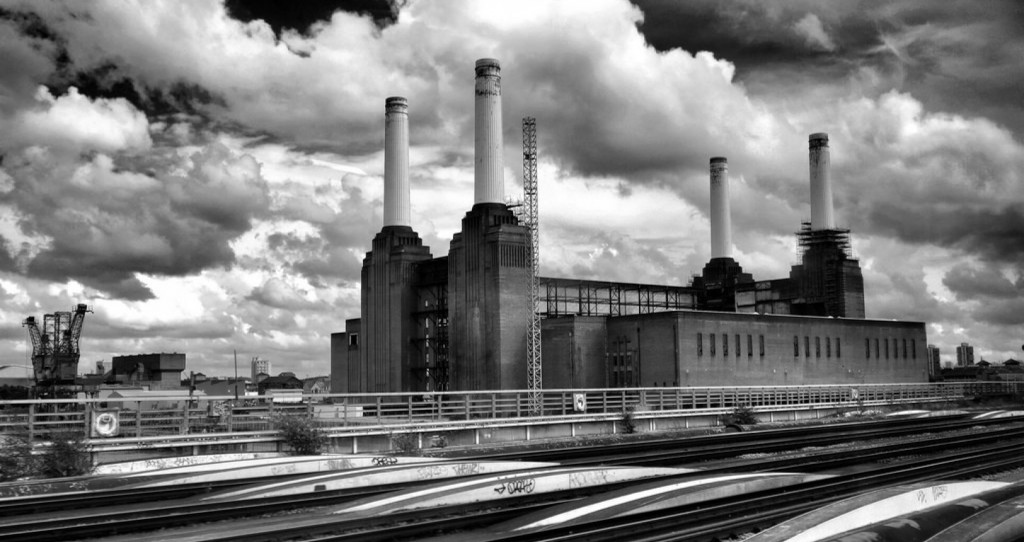A short history of the UK electricity network
How old is the UK electrical system?
When did electricity become common in homes?
Let’s start by considering how old the UK system is. In 1881, the first public electricity generator in Britain was installed in Godalming, Surrey. The next year they passed the Electric Light Act which was the first public measure dealing with electricity supply. Also in that year, Dr John Hopkinson, professor of electrical engineering at Kings College, London and consulting engineer to English Edison Electric Light Co. patented his three-wire system of direct current distribution.
The Battle of the Currents
Direct current is the flow of electric charge in one direction, for example in a circuit powered by a battery. Alternating current is where the flow of electric charge periodically changes direction.
In the late 19th Century a battle raged over whether we should be using an alternating current (AC) or direct current (DC) distribution system. This has sometimes been called the battle or war of the currents. In the UK, Hopkinson and Sir William Thomson (and from 1892, Lord Kelvin) supported DC and Sebastian Ziani de Ferranti and Professor Sylvanus Thompson supported AC.
AC won out because of the ability to step up and step down the current using transformers.
So what was the next development?
In 1900, several Acts of Parliament were passed granting rights to power companies in perpetuity, to supply electricity to authorised undertakings and for industrial and manufacturing purposes. This is how the industry started: a council would build a little power station. They would have coke coming in by train to feed the power station and it might be generating and distributing at a particular voltage like 2200V.
These council power stations would interconnect each other, giving them great flexibility and security of supply. The technology to use higher voltages for this interconnection was improving. Voltages progressed from 6.6 kV, to 11 kV, to 22 KV, to 33 kV, to 66 kV and then, by around the 1920s, to 132 kV. This meant that the small council generators could be replaced by a larger, regional generating stations.

National Co-ordination
In 1926, the Electricity Supply Act introduced the first effective national co-ordination. The Central Electricity Board was created to concentrate the generation of electricity in a limited number of power stations. These stations were to be interconnected by a national grid, which was largely completed by 1935.

They connected up all of these larger, predominantly coal-fired power stations in the 1930s to the national grid, which was 132kV. The locations were determined by accessibility of coal, meaning many of the power stations were located on the coalfields and or on the banks of the Thames where coal could easily be brought in by barge, using the canal network.
Supergrid
By the 1960s, further advancements in technology meant that the achievable transmission voltages (up to 275 kV and then 400 kV) were such that the “Grid” could now be overlaid by a “Supergrid”. This interconnected huge power stations, the like of which we see today.
We started to see a mix in generation which impacted the location of the stations, for example nuclear, which needed to be by the sea for cooling water. Instead of transporting coal down to the South of the UK, the Supergrid meant huge power stations could be built right on the coal fields and the electricity sent down by transmission wires.
Nationalised Industry
Central Electricity Generating Board (CEGB) owned all of the big generators of the National Grid. They fed electricity to the twelve local electricity boards (like the London Electricity Board or the Yorkshire Electricity Board), who took it at 132kV and sold it on to the “consumers” within their catchment area.
At this point, the 132kV network was no longer the country’s backbone. The power stations that it once connected were probably now just switching points, with the generating equipment removed. So while ‘technically’ the lines looked like transmission, their role was much less to do with power station interconnection and so, around 1970, they were transferred from the CEGB (formed in 1957) to the distribution companies.

Privatisation of the UK Electricity Network
Following privatisation in 1990, the system was restructured. Generation was split into three main generation companies to start with, but with the encouragement of new players. The CEGB’s transmission system was vested with a company called National Grid plc, providing one regulated company for England and Wales to provide transmission infrastructure and a market place; not to buy or sell energy in its own right. The twelve electricity companies paid the generation companies for their units electricity and to National Grid to transmit it to their consumers.
How does it look today?
The companies look a little different: in terms of transmission, there is now SSE in Northern Scotland, SP Energy Networks in Southern Scotland, Northern Ireland Electricity in Northern Ireland and National Grid transmits to the rest of the UK. Northern Ireland Electricity distributes to Northern Ireland, Western Power Distribution distributes to the Midlands, South West and Wales, SSE distributes to the South of the UK and to Northern Scotland, UK Power Networks distributes to the South East, Electricity North West in the North West, Northern Power Grid in the North East and SP Energy Networks distributes to Southern Scotland and North Wales.
